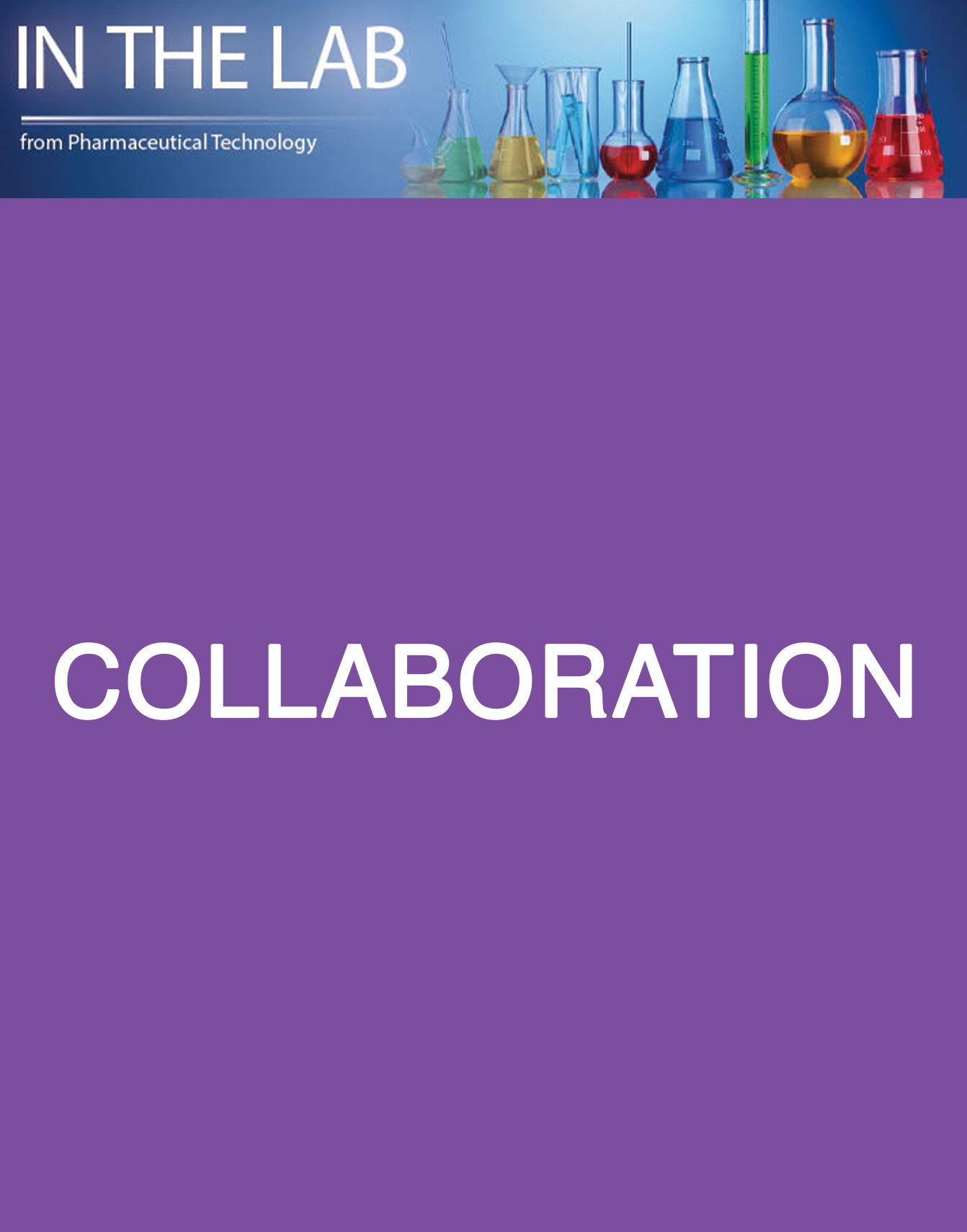Shimadzu and UMG Göttingen Enter Analytics Collaboration
The collaboration will see Shimadzu and UMG develop new clinical laboratory methods using LC-MS for TDM analysis.
Shimadzu, a laboratory instruments supplier, and University Medical Center Göttingen (UMG), announced a collaboration to develop new clinical laboratory methods. The focus of their research will be on using liquid chromatography-mass-spectrometry (LC-MS) for therapeutic drug monitoring (TDM) analysis. The collaboration is being performed under Shimadzu’s European Innovation Center program, which is designed to enable collaborations where outside experts can work with Shimadzu technologies.
According to a Oct. 27, 2022 press release, TDM tests, which measure the concentration of drugs currently in blood, have usually been done through an immunoassay, but LC-MS methods have recently grown in popularity due to advantages in strength and accuracy. However, complexity of sample preparation has prevented widespread adoption.
The collaboration will focus on developing Shimadzu's CLAM-2030, a fully automated sample preparation module for LC-MS. The device functions by placing blood collection tubes in position, wherein the module automatically performs sample pretreatment steps up to LC/MS/MS analysis. The collaboration aims to develop new methods for multiple target groups of drugs, as well as means of switching between these new methods easily and quickly.
Source: Shimadzu

Drug Solutions Podcast: A Closer Look at mRNA in Oncology and Vaccines
April 30th 2024In this episode fo the Drug Solutions Podcast, etherna’s vice-president of Technology and Innovation, Stefaan De Koker, discusses the merits and challenges of using mRNA as the foundation for therapeutics in oncology as well as for vaccines.
Drug Solutions Podcast: Applying Appropriate Analytics to Drug Development
March 26th 2024In this episode of the Drug Solutions Podcast, Jan Bekker, Vice President of Business Development, Commercial and Technical Operations at BioCina, discusses the latest analytical tools and their applications in the drug development market.












